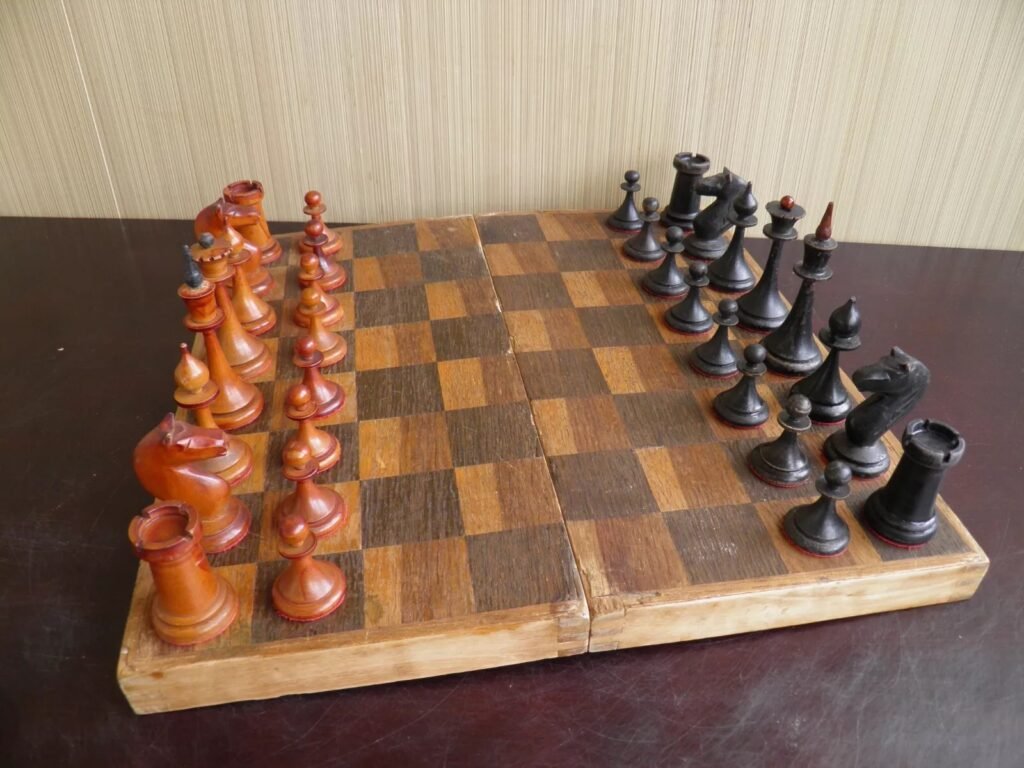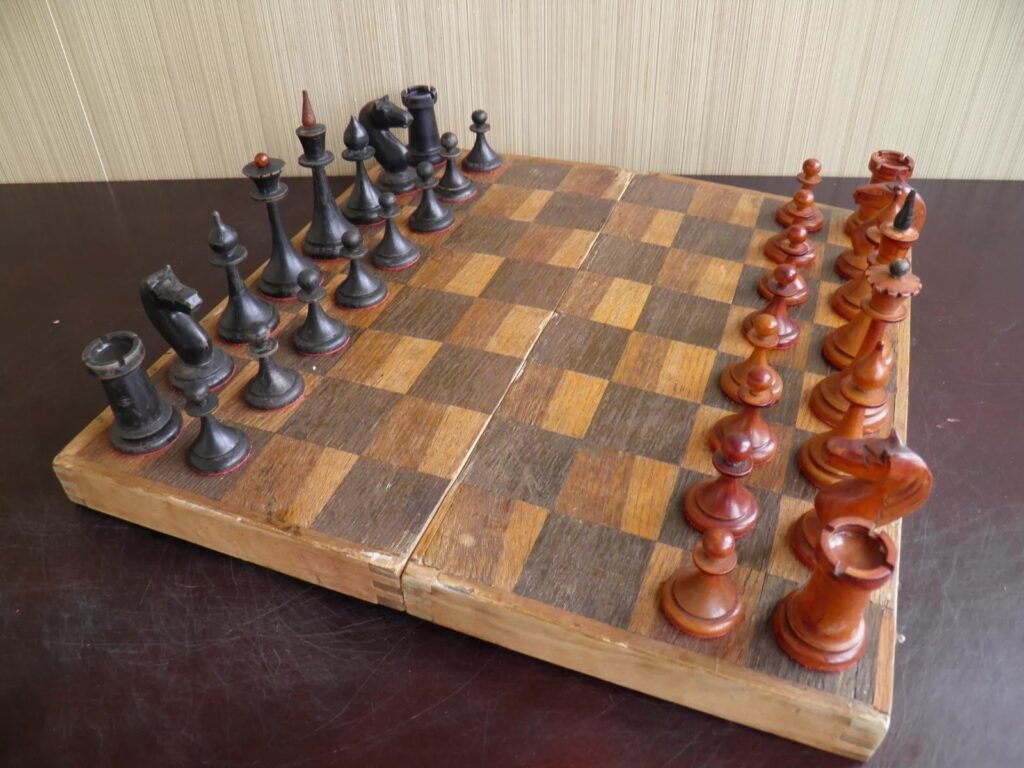The 1955 Latvian (Mordovian) Chess set by “Zvezda (Star)”.


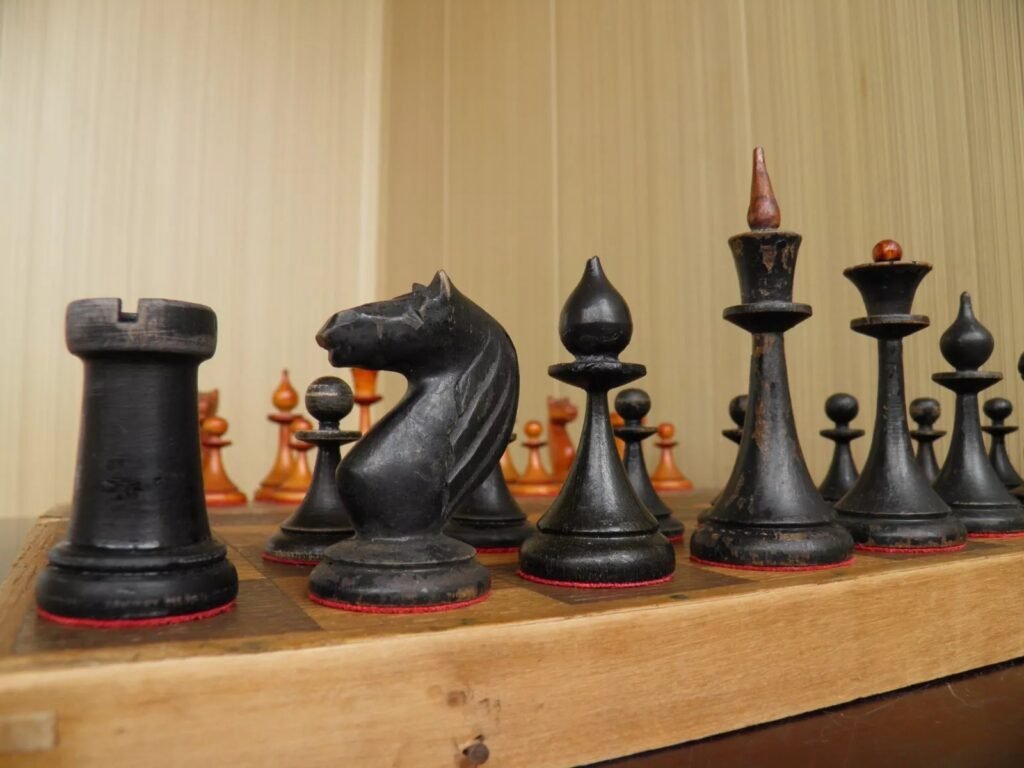

What they did…
During the mid-20th century, the Soviet Union’s Gulag system included labor camps in Mordovia, notably around the villages of Temnikov and Yavas, where prisoners were compelled to produce various consumer goods, including chess sets.
The Temnikovsky Corrective Labor Camp (Temlag) was established on June 6, 1931, initially focusing on logging. By 1940, it shifted towards manufacturing consumer goods. In 1948, it was reorganized into the Dubravny Camp (Special Camp No. 5), with its administration based in Yavas, Mordovian ASSR. The camp’s industries encompassed logging, woodworking, railroad construction, and the production of items like furniture, toys, and chess sets.
Chess sets from these camps, often referred to as “Mordovian Gulag sets,” were typically unweighted, relying on wide, conical stems and bases for stability. They were crafted from readily available woods, such as birch, and featured simple designs suitable for mass production by unskilled or semi-skilled labor. The knights in these sets were minimally carved yet aesthetically pleasing.
The production of chess sets in Soviet labor camps was not unique to Mordovia. For instance, the Berezovsky Children’s Penal Colony near Krasnoyarsk also manufactured chess sets in the late 1930s. These sets, known as “Berezovsky chessmen,” were among the earliest examples of Gulag-produced chess sets and shared design similarities with the Mordovian sets.
Following Stalin’s death in 1953 and the subsequent amnesty, the distinctive five-pointed star trademark of Gulag-produced goods began to disappear from many Mordovian chess sets. By 1960, the official termination of the Gulag system marked the end of this chapter in the history of Soviet chess set production.
Today, these chess sets are valued by collectors for their historical significance and unique design, serving as tangible reminders of a complex period in Soviet history.
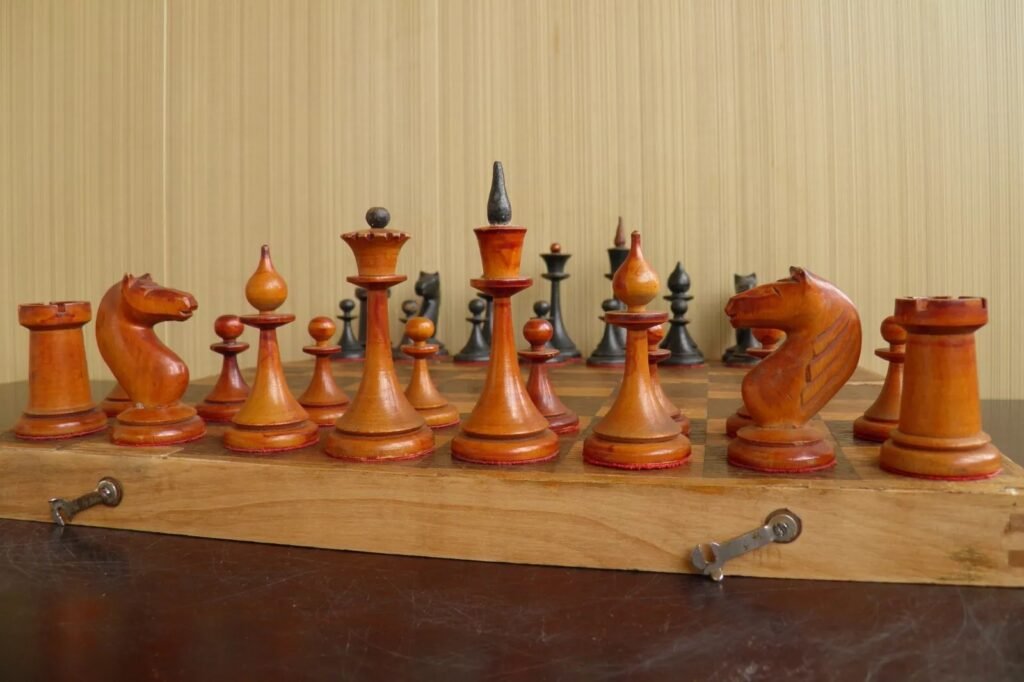
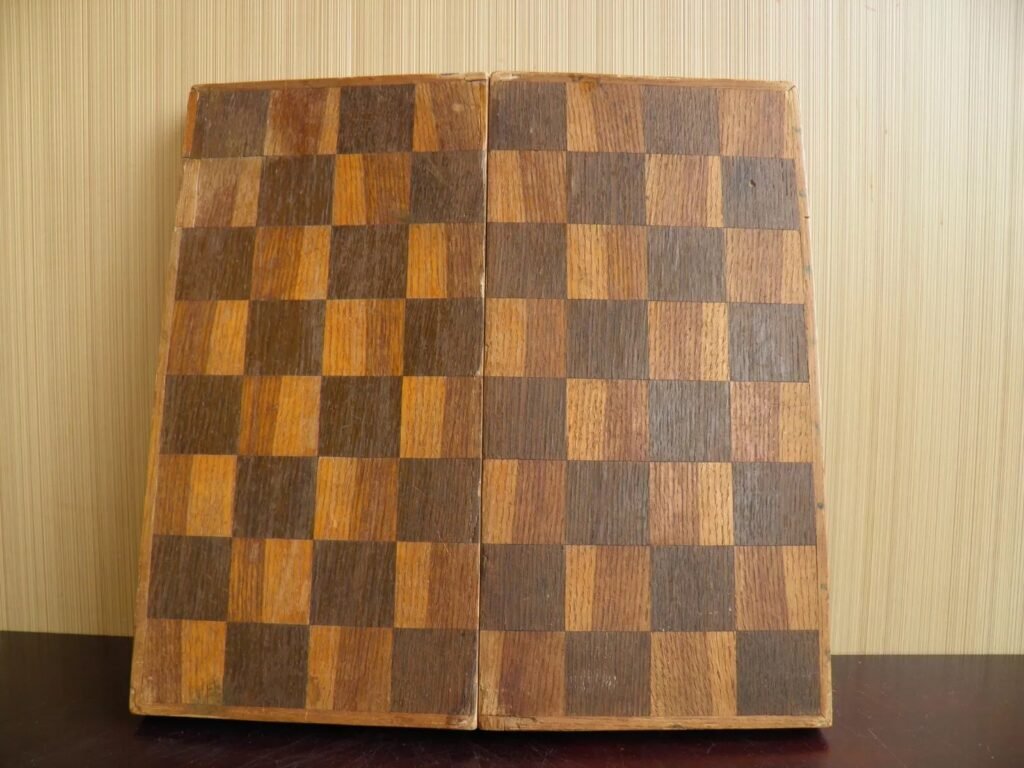
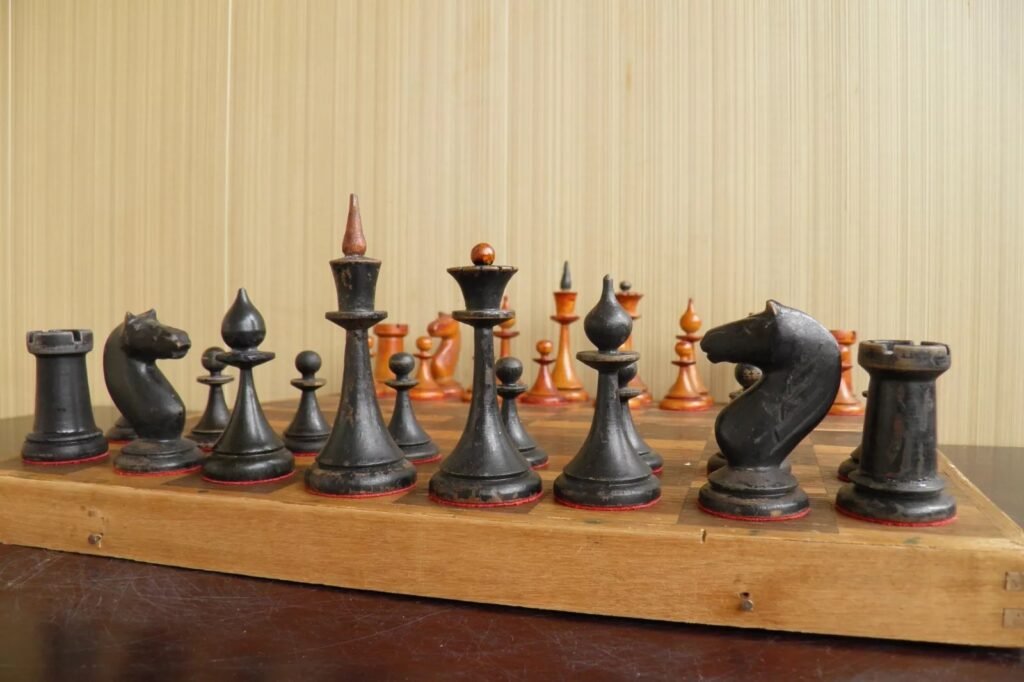

“For achievements in combat and political training Major Rudnev I.N.
Commander of the combat unit 64235
Colonel Umorenkov
06/10/1955 “
My opinion of this design…
The Mordovian Gulag chess sets possess a unique charm and historical resonance that transcends their origins. Their minimalist design reflects both practicality and creativity, embodying a raw aesthetic that speaks to the resourcefulness of their makers. These sets offer collectors not only a tangible connection to a pivotal period in history but also a celebration of craftsmanship born under challenging circumstances. The balance and stability of the pieces, achieved through thoughtful design rather than embellishment, showcase an understated elegance that makes these sets timeless and visually captivating. Owning one of these sets is like holding a piece of living history, blending function, art, and a story of perseverance.
